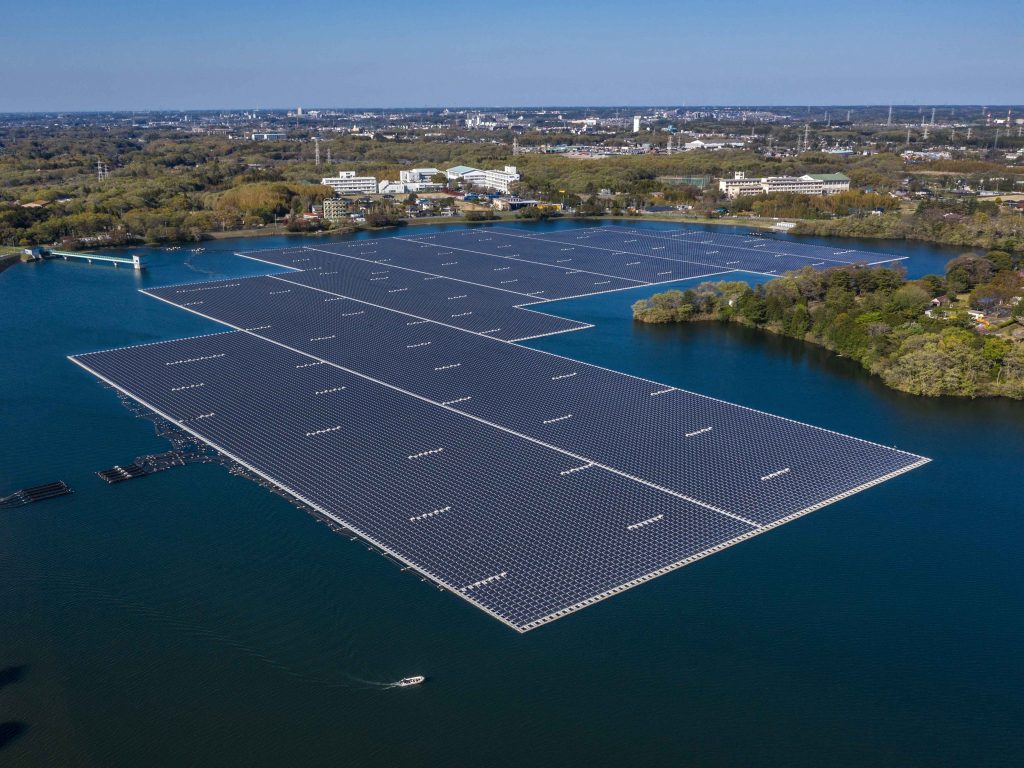Danish delight
Air travel is regularly associated with rising C02 levels. We take a look at how Copenhagen Airport has implemented procedures to reduce long-term emissions
Air travel is regularly associated with rising C02 levels. We take a look at how Copenhagen Airport has implemented procedures to reduce long-term emissions
Given the contemporary emphasis on globalisation (both in business and pleasure), air transport is integral. In spite of the climate issues directly related to flying – and even without flying – these same issues would exist. The aviation industry has been working towards improvements, introducing more energy efficient aircraft, engine design modifications and improving operations. In fact, the aircraft carbon emissions per passenger have been reduced by 20 percent over the past ten years. Copenhagen Airport is an excellent example of an airport having introduced measures over the years contributing to the reduction of emissions from its activities.
The reduction of emissions can be combated in numerous ways such as groundwater cooling, green departures and LED lights. Coupled with that, is the raising of awareness for customers to contribute to lowering emissions as ultimately customers benefit financially if environmentally friendly aircraft are used. Any strategy taken needs to have a viable business case, Copenhagen Airport do not implement any green initiatives unless the business case is strong.
Groundwater cooling
Another excellent example of how the airport is changing to face environmental concerns is groundwater cooling, a method employed to reduce power consumption. Previously, the airport had used a comfort cooling system to provide a comfortable indoor climate, but this had problems in terms of substantial power consumption and thus CO2 emissions. Over the coming years, most of the conventional cooling compressors will be replaced by a new cooling system which will use cold groundwater for cooling purposes.
The updated system will be the first phase of the installation of Denmark’s largest groundwater cooling system to date. The first dipole of five possible has been installed, together with a cooling distribution pipeline cutting across the airport which runs underneath the runways and aircraft stands to the terminal area, where the cooling effect is needed most. The new system will initially supply up to 15 percent of the airport’s cooling, and will grow annually until the current power-operated cooling compressors are entirely phased out. When fully developed, the system will cover the comfort cooling requirements of the entire airport terminal area and result in reductions in CO2 emissions from the airport in the region of 1500 tons. The system represents an investment in the future that combines high-efficiency cooling with a complete phase-out of greenhouse gases used for comfort cooling by 2015.
Green take-offs
The lights on and around the runways and taxiways at Copenhagen Airport use some 3,000 megawatt hours every year, conducting more than 250,000 take-offs and landings safely and efficiently. What it calls “green take-offs” are a real focal point, and there are many ways in which the airport is striving towards its target of reducing power consumption by at least 10 percent by 2012.
Every day, hundreds of flights are given permission to deviate from standard procedure in favour of an alternative take-off. These flights instead perform what is known as a green departure; the aircraft climb continuously to their optimal operating level and turn onto the planned route earlier than normal. The benefits are three-fold: It saves time and fuel, while reducing CO2 emissions. According to data analysis by Eurocontrol, aircraft taking off from Copenhagen Airport save some 10,000 tons of fuel per year and several million Danish kroner, while also cutting CO2 emissions by almost 32,000 tons. It is a unique concept for departures, which will result in quite substantial fuel savings and thus a reduced environmental impact.
While most other European airports have urban areas on several sides, Copenhagen Airport’s location on the Øresund strait – with water on three sides– gives it a head-start. But it is not just because of the airport’s unique location that green departures are becoming such a success; extensive use of the procedure is a deliberate choice by the air traffic management service and the airport.
In addition to fuel and CO2, green departures also save time for the airlines and passengers. The departure concept is just one of many initiatives that have been introduced to reduce the environmental impact of aviation and to improve conditions for air traffic – and the efforts do not stop at what the airport has achieved so far. Staff and planners are working constantly on improving their services, and striving for newly optimal conditions with respect to green departures. The next initiative will be the establishment of five new so-called waypoints which reduce the length of the aircraft approach – giving aircraft the most direct route to their destinations – and thus also result in lower fuel consumption.
Reducing power consumption
Copenhagen Airport is reducing power consumption in the terminal by optimising automatic control of lighting in the terminals. Energy experts at the airport have initiated a pilot project with an increased focus on energy and climate, whereby sensors and automatic on/off functions are used to reduce consumption during periods when no people use the lounge. It is a forward-thinking approach by the airport, an examination of whether it is possible to reduce power consumption without causing inconvenience to passengers, business partners and airport staff. So far, the signs are positive.
LED technology is becoming increasingly popular as light sources in enterprises and private homes, and manufacturers have now begun developing special LED fittings for use in airports. New energy-saving LED lights on the taxiways have been introduced, and the LED technology is becoming increasingly popular in other parts of the airport too. Power consumption in the manoeuvring area is another focus, and the airport has also begun replacing its strong halogen fittings there with modern energy-saving light emitting diodes.
Copenhagen Airport is already moving from incandescent lamps to LED in other areas. The airport has replaced 20 lights at the edge of two taxiways by LEDs of only 2.8 Watt, compared with the old 65 Watt halogen fittings. In addition to saving energy, the LEDs also last longer than halogen fittings – which in principle, means that the new fittings can burn for more than 50,000 hours before they must be replaced. Currently 150 so-called obstruction lights – the red lights warning air traffic about tall buildings and masts – are being replaced by LED at the airports in Copenhagen and Roskilde. While the traditional light sources for obstruction lights are 80 Watt, the new LEDs are only 9.6 Watt. This results in an annual saving of 92,000 kilowatt hours, equal to 52 tons of CO2.
Attentive visitors to Copenhagen Airport may have already noticed that the light is automatically switched off during periods with plenty of daylight. This reduces annual power consumption by 20-25 percent for the installations involved. Light dimmers have already been installed in certain areas of the airport, to gradually reduce the level of artificial lighting based on the level of daylight and save even more power.
The future
There is more focus on climate and energy savings now than when many of the world’s busiest terminals were designed and built, making it no surprise that modifications are necessary. New initiatives are constantly being introduced to further lower the Copenhagen Airport’s carbon emissions in future years, putting this airport as the frontrunners of the pack when it comes to energy efficiency and carbon emissions.
A new voluntary charges agreement was introduced last October at the airport, with the introduction of an environmental emissions charge. Under this agreement, airlines will pay a charge to Copenhagen Airport based on their emissions of NOx, which are chemical substances formed as by-products of combustion processes.
In 2008, Copenhagen Airport was a co-signatory to the Intergovernmental Panel on Climate Change (IPCC), a body clearly committed to saving energy and reducing carbon emissions. The aviation industry jointly committed itself for the first time, three years ago now, to take action to mitigate its impact on the climate. Copenhagen Airport has reduced CO2 emissions per passenger by 65 percent since 1990, and by 2012, electrical power consumption at Copenhagen Airport will be cut by 10 percent, an amount corresponding to the power consumption of 1,100 Danish households. Airports around the world should be looking towards this airport for innovation, bold developments and facts and figures to back up the best-held intentions.













